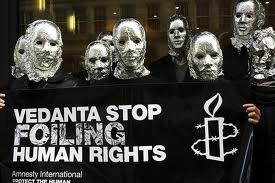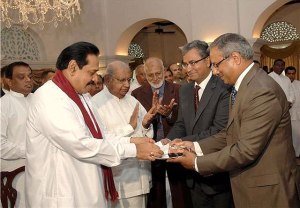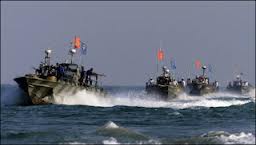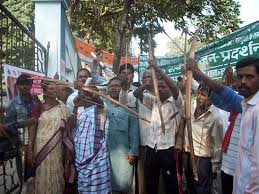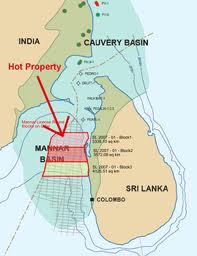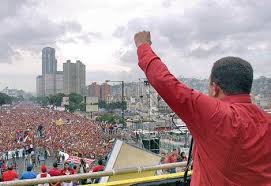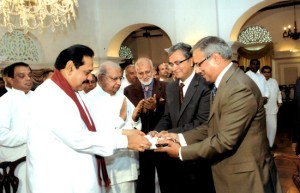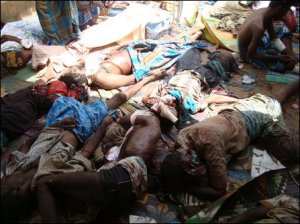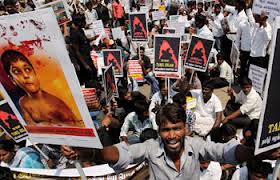
War tourism in Sri Lanka.
Photo BBC
In Sri Lanka a new sector is booming: war tourism. On the site where the last bastion of the LTTE was crushed by the Sri Lankan army, a holiday resort has been built to cater for an audience eager to see with their own eyes these places. The advert reminds that on this lagoon, the heroes of the army, the terrorists of the LTTE and many others, died.[1]
November the 27th was the usual “Martyrs day”, a festival instituted by the Tamil Tigers to commemorate the soldiers fallen for the cause. This year students of the Jaffna University lighted lamps in public in their honour and they were jailed in rehabilitation camp, with the accuse of fomenting hate and the resurgence of terrorism.

Tamil victims in Sri Lankan civil war.
In this two episodes it is possible to see all the contradiction of the post-conflict process in Sri Lanka. The government hails as heroes its soldiers; all of them, including the ones responsible of the massacres. It is beyond any reasonable doubt that a huge number of civilians has been killed. The UN first referred to 40 000, but a recent book of Harrison, based on unpublished studies from the World Bank corrected the figures to 70 000. In any case, the death toll is enormous. And they were civilians, Tamil civilians. Therefore any celebration of the state for the “heroes” is a painful reminder of the personal losses for the Tamil community. At the same time, the “terrorists” were fighters for secession of an independent Tamil Eelam, after 60 years of oppression and abuses. Not to mention the fact that they were relatives of many in the

Pro-LTTE rally in London, 2009.
Photo BBC
Tamil population. And they are eager to commemorate their husbands, fathers, brothers and sisters. But the government banned any public sign of mourning the dead. And imposed a rigid silence over the civilian massacres.
The reconciliation will always be in a stall, until these positions will change. The fallen soldiers of both camps died for a cause, some of them committed crimes and most important all the civilians killed, were innocents. This is the source of the crime! The LTTE’s attacks in Colombo and other cities were criminal because they targeted the harmless Sinhalese population. Equally despicable was the involvement of hundreds of thousands Tamil civilians in the military operations led by the Sri Lankan army.
The war is over, but not the tension which caused it. Open hostilities were the symptoms of the disease, not the root. The government recurring theme of the war on terror was a successful brand to convince the West. But the troubled 40 years of independent history preceded the military struggled. The Tamils suffered persecution with communal riots, pogrom and discrimination by the state. The inability or lack of will to fix these grievances are the origin of the military response of the Tamil community.

Government War Memorial near War-Tourist Site Mullivaikal Mullaitivu District
At the same time 30 years of violence and war didn’t bring the wished end of that condition. The military option has been defeated and living in the hope of taking arms again won’t change the past. The possibility to mourn the Tamil Tigers should be a right of the community, to remember relatives. But it should be clear also that the LTTE was ruthless organization, that suppressed any form of political freedom and killed any single opposer to their plot.
Until the Sri Lankan state will feel obliged to celebrate its victory against the Tamil, any reconciliation will be clearly impossible. It will reinforce in that community the perception that only armed struggle will bring justice.
On the contrary if both community will realize that victims were the innocents of both camps, that could become the turning point for a real resolution of the tension. The conflict of interest in Sri Lanka can be eased only by a mutual recognition: the legitimacy of the Tamil to maintain their cultural and communal identity and the the right of the state to guarantee the security of its citizens, all of them.
